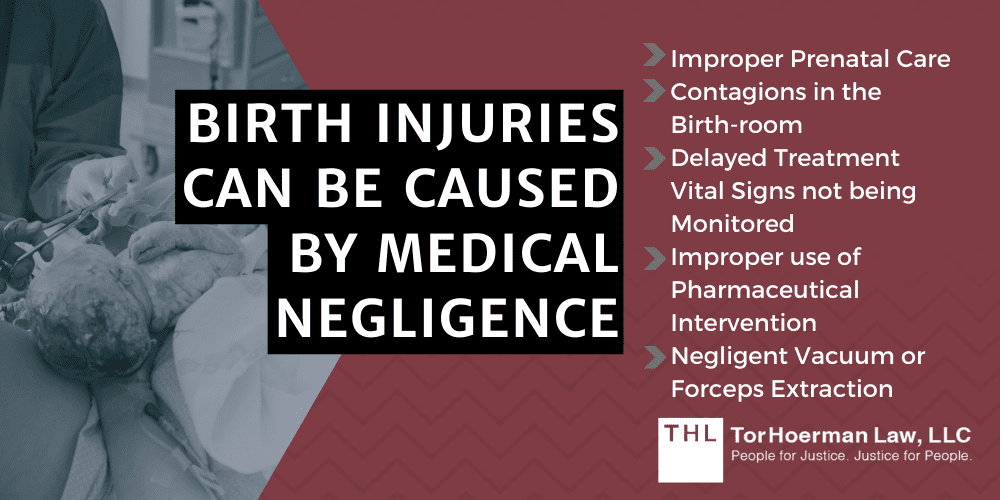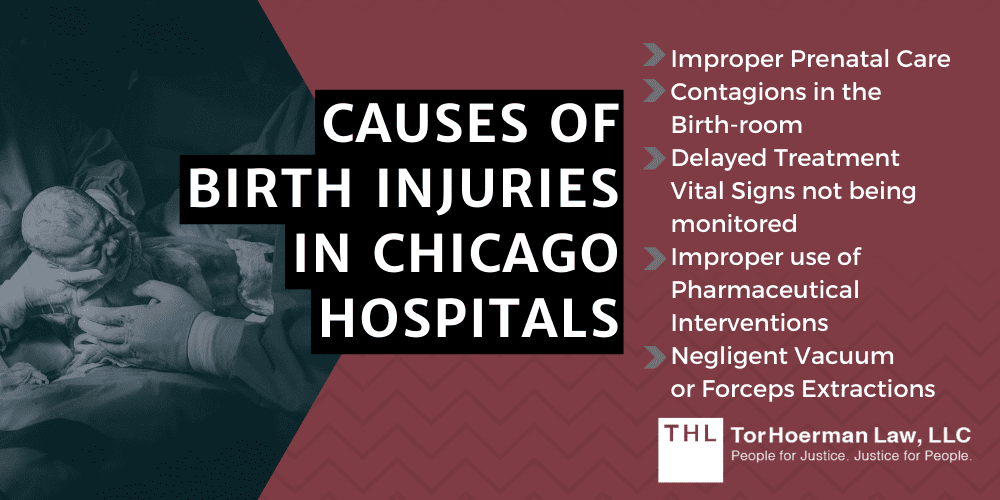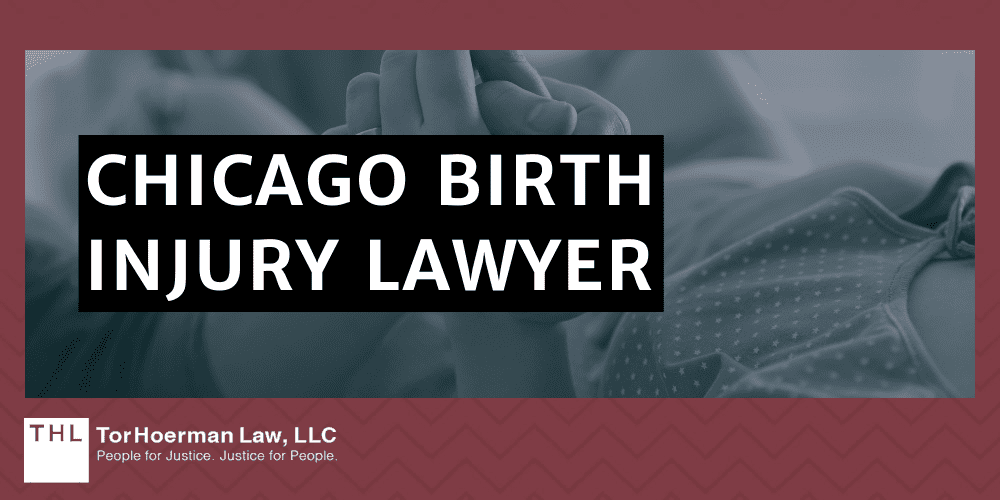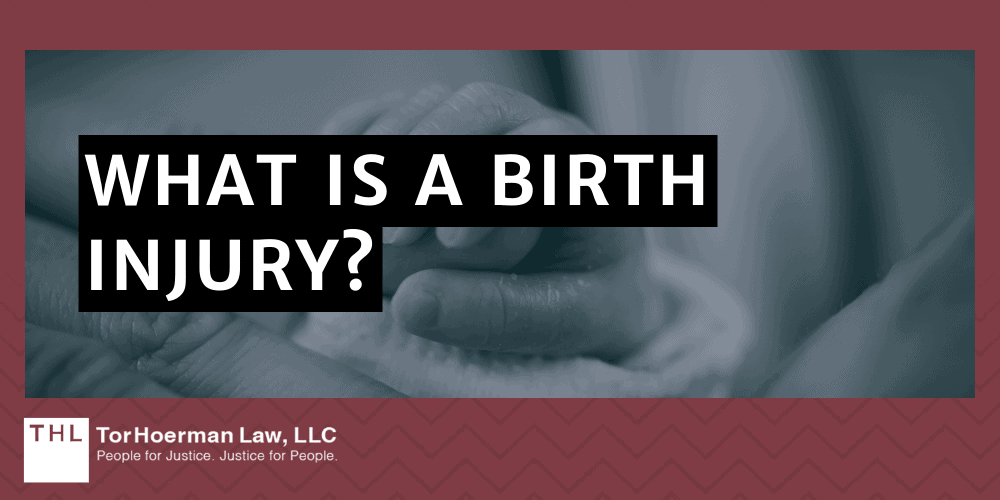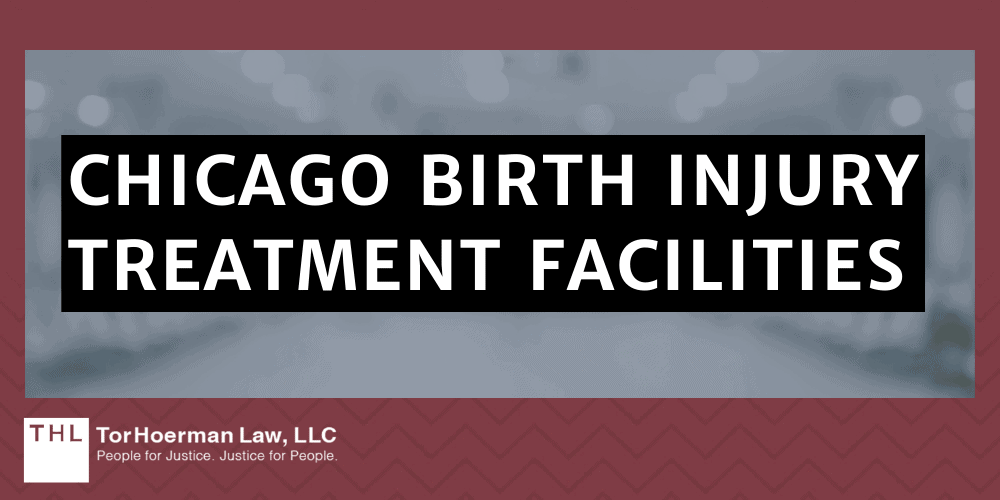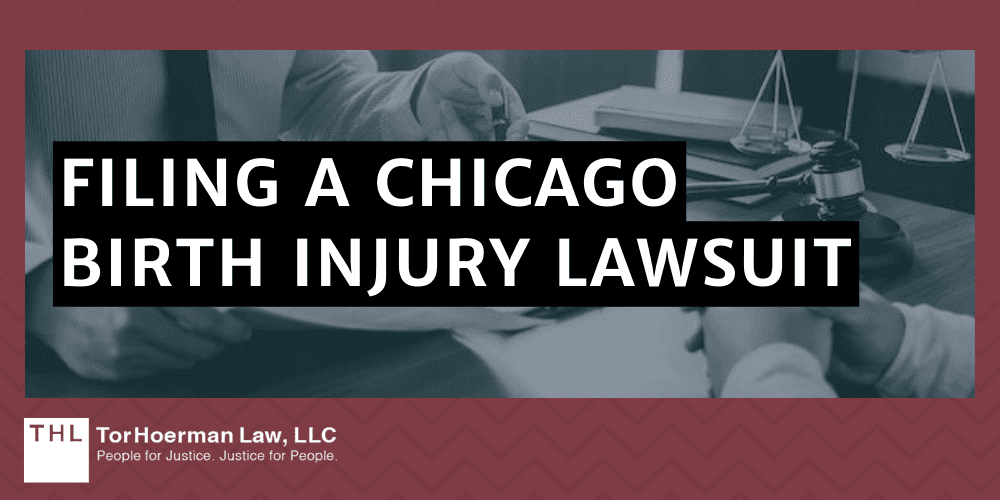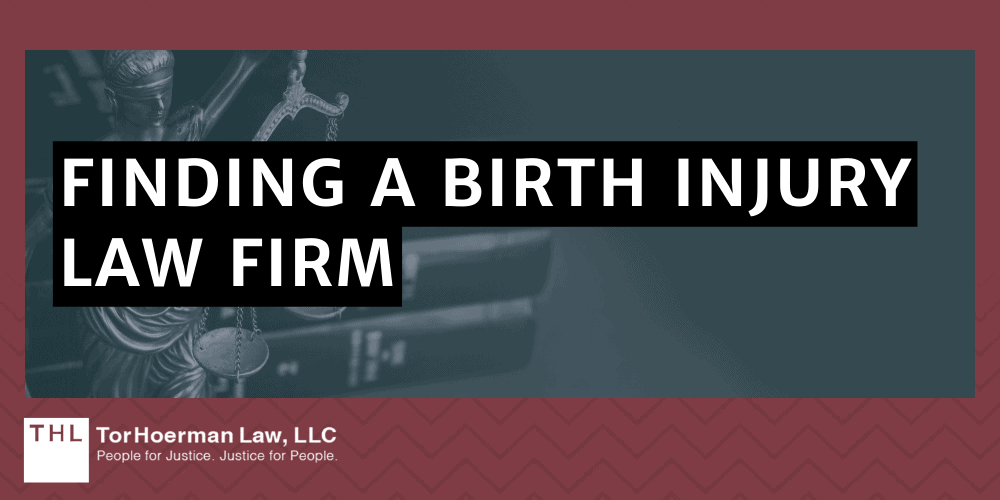
The most common birth injuries in Chicago hospitals include:
Brachial Palsy
Brachial palsy results from damage to the brachial plexus, the network of nerves responsible for controlling the arms and hands.
A brachial plexus injury affects an infant’s ability to rotate or flex the injured arm.
Brachial palsy can be treated soon after birth with exercises and physical therapies, but the injury can be permanent if the nerves sustain serious damage.
Forceps Marks and Bruising
Children delivered by forceps or vacuum extraction can sustain bruises, marks, and lacerations on their bodies and faces.
Bruising can also naturally occur when the infant comes into contact with the birth canal or the mother’s pelvic bones and tissues.
Caput Succedaneum
Caput Succedaneum refers to the swelling of the scalp’s soft tissue.
Caput Succedaneum is most likely to occur in newborns delivered with vacuum extraction.
The swelling is often combined with scalp bruising.
Cephalohematoma
Cephalohematoma is bleeding between the skull’s bones and fibrous outer layers.
Cephalohematoma can usually be noticed as a lump on the child’s head within a few hours of his or her birth.
The lump and bleeding typically heal naturally, but cephalohematoma can develop into jaundice in cases where the newborn suffers severe bleeding.
Facial Paralysis
Heavy pressure on a newborn’s face during labor can cause facial paralysis and nerve damage.
This damage can result from natural birth occurrences or from improper use of force or vacuum.
Bruised nerves usually heal within a few weeks, but in instances where facial nerves tear, surgery might be required.
Newborn Fractures
Newborns are susceptible to fractured clavicles and collarbones during delivery.
The bones can break when there are issues delivering the baby’s shoulder or in cases of breech delivery.
Subconjunctival Hemorrhaging
Subconjunctival hemorrhaging refers to bleeding in the eye’s outer layer.
The injury is relatively common for newborns and appears as a visible red band in the white portion of a baby’s eye.
While the hemorrhaging can lead to eye damage, it usually heals itself within seven to ten days.
Developmental Disorders
Improper care during childbirth can cause developmental delays.
Research has shown that newborns who suffer from a traumatic birth face increased risks of developing autism, cerebral palsy, and other developmental disorders.
The development of these disorders during labor can seriously affect a child through the rest of his or her life.
Cerebral Palsy Development
Cerebral palsy is a developmental disorder that affects muscle development and movement.
It occurs when the brain cells that are responsible for muscular tasks are damaged or do not adequately develop.
Children who have cerebral palsy typically struggle with walking, balancing, maintaining posture, and many fine motor skills.
Cerebral palsy can be caused by a number of mistakes before, during, or after delivery.
Newborns can develop cerebral palsy if the delivery staff fails to identify fetal distress, does not resuscitate a child deprived of oxygen, or in cases where an obstetrician writes a pregnant mother an incorrect prescription.
Numerous other mistakes made during labor and delivery can damage a child’s motor cortex.
Autism Development
Autism spectrum disorder characterizes a wide range of developmental issues identified by issues with communication, socializing, and repetitive and restrictive behavioral patterns.
ASD can affect each person in different ways, and the symptoms range from mild to severe.
Birth injuries can lead to the development of autism.
Researchers have found that newborns who suffer complications before and during labor are more likely to develop autism spectrum disorder.
Researchers at Kaiser Permanente found that babies who had complications during delivery are at a 10 percent increased risk of developing ASD.
Researchers have also discovered that an increase in the number of complications during labor correlates with an increased risk of developing autism spectrum disorder.
